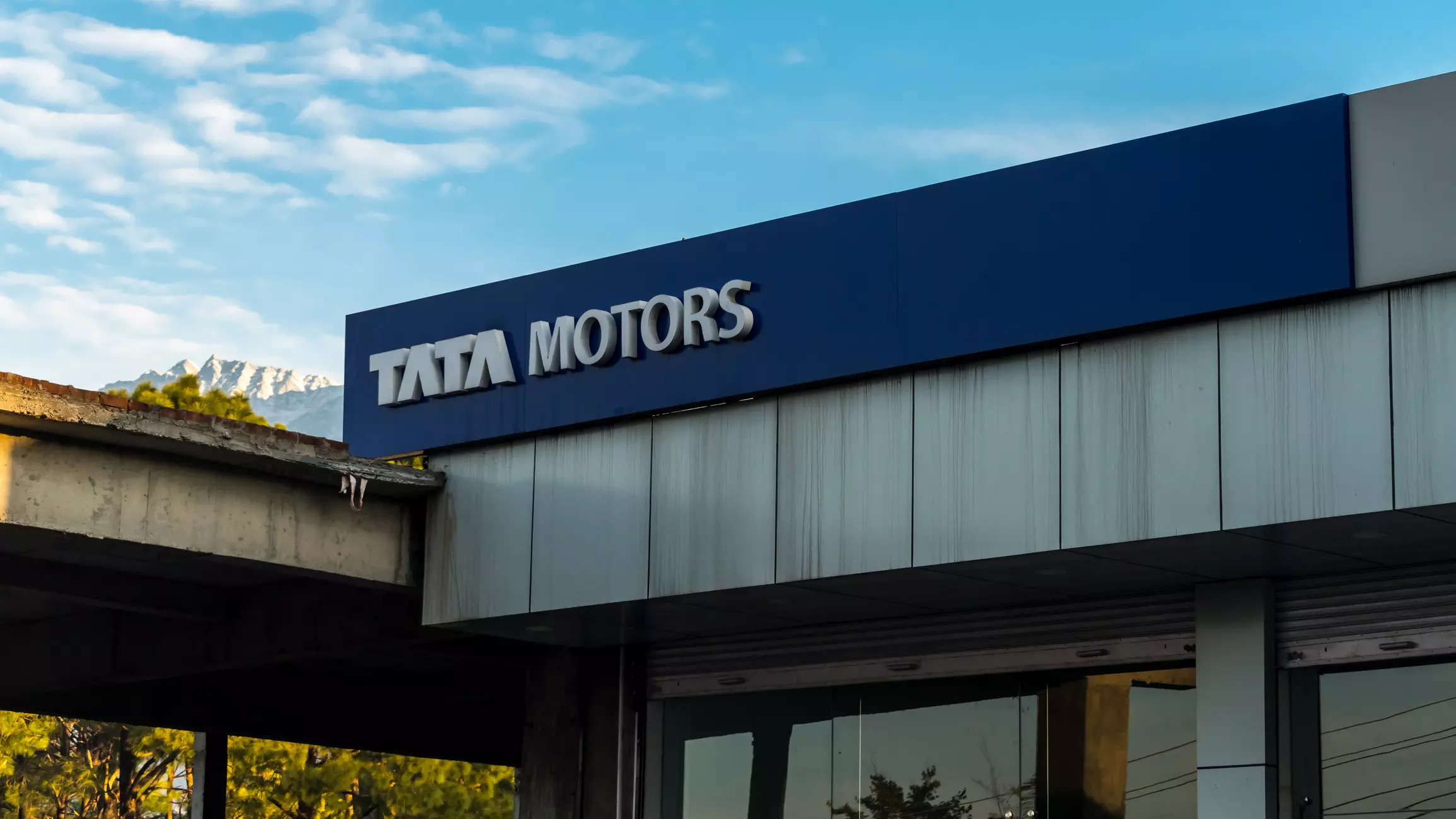
Tata Motors expects its capex to increase to up to Rs 6,000 crore in the ongoing fiscal to support various programmes across its commercial, passenger and electric vehicles verticals, Group CFO P B Balaji said on Thursday. While the company has committed investments for its businesses to get well funded and the transition to the electrification roadmap, it has identified inflation and semiconductors shortage as the “two big worries”, while also being cautious about rising interest rates and continued inflation having an impact on demand going forward.
“For the current year we do expect capex to increase to anywhere between Rs 5,500 crore to Rs 6,000 crore kind of level for overall Tata Motors…,” Bajaji said while addressing reporters in an earnings call.
The investments will be spread across the company’s different verticals of commercial vehicles, passenger vehicles and electric vehicles, he added.
“And despite that investment, we expect to remain firmly cash positive as far as the year is concerned. So the business will get well funded in terms of delivering its numbers and the transition to the electrification roadmap,” Balaji said.
Commenting on the challenges due to semiconductor shortage and inflation, he said from a shortage and supply security perspective, “the big one is semiconductors” as the supply constraint is at a high level as compared to other components.
“However, inflation is across the board, be it on precious metals, be it on steel, be it on battery prices and I think the current Russia-Ukraine conflict situation has only exacerbated the entire situation… So, therefore we are not immune to that and we do see a significant impact that we need to mitigate in the current year,” he said.
Stating that last year production was hit due to non-availability of semiconductors, he said, “We do expect it to improve as the year goes by. That’s one of the key tailwinds that we would have as we plan but the headwind that we have is inflation, which we are not immune to.”
So, he said, “The two big worries that we have is inflation and semiconductors (shortage).”
Asked about the impact of interest rate rise and continued inflation, he said, “It is fair to expect that, that has to temper demand at some point in time…because these are commercial offerings that are GDP led.”
While the company believes that there are other levers that will be available for it to navigate the challenge, Balaji said, “It is going to be a challenging few months till the overall inflation situation comes under control.”
When asked about Tata group’s plans for an EV battery company, Balaji said it will not necessarily be a Tata Motors investment and the group is still working on the plans which will be announced in the coming months.
“As far as the strategic imperative of this is concerned, both JLR and Tata Motors have strong electrification plans, with JLR starting the ‘Reimagine’ roadmap and (Tata) Motors, both CV and EV having plans all of which require cell investments, battery investments there. Therefore, we will be one of the key captive customers for that particular battery setup.”
Under the Reimagine strategy, JLR has announced its Jaguar brand will become an all-electric luxury brand from 2025, while the first all-electric Land Rover model will be rolled out in 2024. Also, all Jaguar and Land Rover models will be available in pure electric form by the end of the decade.
On the other hand, Tata Motors has already set up a subsidiary Tata Passenger Electric Mobility Ltd to drive the electrification of its passenger vehicles business. It recently showcased the AVINYA concept as a precursor of a range of new electric models with an enhanced range of over 500 kms and above.















